Teeth become discolored for several reasons. Determining the cause of your yellow teeth may be obvious, or it may require the admission of some deep, dark secret.
Let’s see … if you secretly wear the wine bra to work and use it all day, you might have some stained pearly whites. If you keep a little bit of chewing tobacco shoved in your lower lip. Well, your teeth might be a tad yellow. The first step to recovery is admitting you have a problem.
In all seriousness, there may be habits you can change to help with your tooth discoloration, there may be hereditary reasons, or there may be medical reasons. To understand how to treat your teeth, you must first understand why your teeth are not white.
Intrinsic or Extrinsic Stains?
Intrinsic stains occur from the inside out. You can usually blame it on the dentin. That darn dentin can become stained and shows through to the surface. Intrinsic stains can be the hardest to treat.
- Trauma to the mouth that kills the roots or results in internal bleeding
- Excessive fluoride
- Medications such as tetracycline
- Natural discoloration of dentin from aging
Extrinsic stains occur like a traditional stain—on the outside. These stains directly affect the enamel and are superficial.
What causes extrinsic stains?
- Smoking cigarettes, cigars, or pipes regularly
- Getting your AARP card (Okay, so aging contributes to yellow teeth!)
- Chewing tobacco
- Dark-colored drinks and foods (berries, balsamic vinegar, soy sauce, dark cola, coffee, wine)
Now that you know the basics of stains, you will need to determine what has caused your stains. You may already know the root cause, otherwise, your next step will be to figure that out.

Ask yourself a few questions. Are your stains caused by recognized or unrecognized habits? Have your teeth always had a darker hue? You may need to see your dentist and have her help you find the underlying cause of your discoloration.
Now, you are probably wondering what to do about those not-so-lovely stains. Well, fear not! We are about to walk you through several of your different treatment options. Pay close attention to which options are best suited for each type of stain.
Surgery
Surgery sounds drastic. It is definitely not the least invasive route. Yet surgery is sometimes the best option to obtain the desired results.

Dental Restoration
Cavities are typically the culprits that need to be removed in order to not lose the tooth. If cavities are not removed, you may very well say goodbye to that tooth. Instead of losing the tooth, you may require a filling to restore the weak spot.
If your dental caries are in more noticeable areas, partial or full-coverage dental restorations may be needed. This type of restoration can be used to treat basic, intrinsic tooth stains that could not be helped by bleaching.
For teeth that are still healthy, restoration may come in the form of laminate or porcelain veneers.
When the damage is a more severe dental problem, the tooth (teeth) may need to be extracted. As an adult, having a tooth pulled might look funny, but it is not really a laughing matter.
Those teeth leave a hole and generally need to be replaced. This can be done with partial dentures or an implant-borne prosthesis.
What does that mean? Let me tell you. From the perspective of a five-year-old girl, it looks like her super fun teenage babysitter clicking her teeth in and out while I watched.
My sitter had been in a ponycart accident that knocked out two of her teeth. In her case, it meant that she had flipper tooth. A flipper tooth is basically a retainer with false teeth attached to it.
I believe it’s called a flipper tooth because people flip the darn things in and out of their mouth. That’s exactly what my babysitter would do. She’d flip her false teeth in or out whenever I’d look away and pretend nothing happened.
It was a very entertaining little trick.
Alas, I digress. Back to the subject matter.
Dental Extractions and Implants
Some of you may be genetically predisposed to have defects in your dentin or enamel. If that is the case, those defects may manifest in several ways.
If you have severe amelogenesis imperfecta, then your teeth have malformed, discolored enamel. In many cases, it can be so severe that the teeth must be extracted. Dentures or implants become your only option at this point.
Your permanent adult teeth do not come with replacements. If you have weak enamel or poor hygiene resulting in excessive cavities that cannot be corrected, you will lose your natural teeth.
If you lose your natural teeth, then you may be able to get implants. This is a feasible option unless you smoke. Smoking is horrible for your oral health. Period.

Activity
By activity, we are referring to the activity you must do to take care of your teeth and gums. It is recommended that everyone participate in a consistent daily oral hygiene routine. Brush your teeth with a toothpaste approved by the Ameican Dental Association twice daily and floss at least once per day.
People who must wear dentures need to brush those dentures after every single meal. You must use effective denture scrubs and soaks that will remove stains, plaque, and calculus. There are several available over the counter. Ask your dentist for suggestions.
And, one more thing, never sleep while wearing dentures. Sleeping in dentures may result in serious bacteria buildup or infection. Who wants that? Nobody.
As we stated in the beginning, treating tooth discoloration requires that you identify the cause and then carry out the appropriate therapy. Depending on the cause, medical treatment may be the best option for correcting tooth discoloration.
-
Brushing your teeth at home: Purposeful brushing using a soft-bristled brush and ADA approved toothpaste performed twice every day aids in the prevention of extrinsic staining. Most kinds of toothpaste consist of an anti-tartar ingredient, an abrasive, and a solvent. These days, it is very common for toothpaste to have ingredients to whiten teeth, as well.
- Dental Prophylaxis: That is a fancy medical term for professional teeth cleaning. Some of your external tooth discolorations can be corrected by using air-jet polishing with an abrasive powder, rotary polishing with dental paste, or ultrasonic cleaning.*
*You must be mindful of the fact that these particular teeth cleaning procedures may very well cause your enamel to be removed. For this reason, the frequent use of these procedures is not recommended.
- Enamel microabrasion: This approach to improving discoloration incorporates the spinning administration of a mixture of silicon carbide particles in a water-soluble paste and weak hydrochloric acid. You’re left with a smooth, glass-like appearance.
Enamel microabrasion is often utilized to remove the surface stains showing through from intrinsic discoloration, including those stains caused by the buildup of calcifications left on your teeth after braces are removed or those stains caused by fluorosis. (Fluorosis is a cosmetic condition that occurs in young children from overexposure to fluoride.)
Many dental professionals use enamel microabrasion together with bleaching as a means to correct tooth discoloration.
- Bleaching (tooth whitening): Back in the day, the traditional means of bleaching teeth involved some sort of oxidation process. These days, when patient research is done thoroughly, bleaching is an easy, safe, and affordable method performed to remedy various types of stained teeth.
Many dentists will tell you that they do not suggest bleaching teeth in patients younger than 15 years old.
- Habits: Extrinsic staining (also known as stains on the surface of your teeth) created by dark sodas, wine, grape juice, coffee, tea, tomato-based sauces, soy sauce, or orally destructive habits (i.e., chewing smokeless tobacco, smoking cigars, smoking cigarettes, smoking a pipe) is remedied by having a meticulous cleaning and making a conscious effort to avoid the foods and drinks responsible for staining your teeth.
At this point, if you have a television, own a smartphone, or a computer, you have seen some type of commercial for whiter teeth. It may have appeared in the form of a ColgateⓇ or Crest commercial touting their abilities to whiten teeth by using their toothpastes or strips.
Basically, they are offering us over the counter bleaching options. Did you know there are two main types of bleaching? (I didn’t.) The two types are: vital bleaching and non-vital bleaching.
To understand vital bleaching, let me ask you this: Do you know what a vital tooth is? I’m guessing you don’t know. Well, that makes two of us. A vital tooth is simply a tooth with blood circulating to it. In other words, the tooth is alive.
In a nutshell, vital bleaching is a method used to whiten your living teeth.
- Vital bleaching is typically used for patients with extrinsic yellow, brown, or orange stains. This includes the removal of chlorhexidine staining. (Chlorhexidine mouthwash is a germicidal mouthwash used to treat gingivitis.) It also helps to relieve staining from the less severe cases of fluorosis or tetracycline discoloration.
- The most regularly-used bleaching agents are hydrogen peroxide and carbamide. When these agents are administered in heavier concentrations, they produce more significant results than bleaching without them.
- The next option absolutely must be done by a professional, otherwise, your gums will be pretty wrecked. A concentrated bleaching can be performed in your dentist’s office. A solution of 15-40% hydrogen peroxide will be used. That is heavy duty!
- DIY bleaching systems mean you can bleach your teeth in the comforts of your own home. It is generally done by applying a 10-22% carbamide peroxide solution. This can be done in one of two ways.
- Use a tray and solution found in stores or online with zero supervision by a dental professional. We do not recommend this option.
- Use an at-home system found online or purchased in a dental office. The tray will be custom-fitted to the patient’s mouth. The bleaching process happens gradually over several weeks.
We suggest that you see professional supervision and always use a bleaching system that has been approved by the American Dental Association.
Regular whitening strips are a common solution that the average person uses to whiten their teeth. The strips work by incorporating 5.3% hydrogen peroxide. This a great alternative to the previously mentioned whitening methods. It can also be used in conjunction with professionally whitened teeth as a means to maintain their bright, white color.
- Traditional whitening toothpastes contain a much lower amount of peroxide and are shown to be only mildly effective.
- If you have darker, more stubborn stains, you will have the best chance of whitening your teeth by using a professional in-office cleaning followed by bleaching at home.
Non-Vital Bleaching
Non-vital bleaching sounds a bit like bleaching teeth we don’t need, but that’s not quite right. This bleaching is done to dead teeth. You are bleaching teeth that no longer have a blood supply to them.
Non-vital bleaching is utilized to treat teeth with pulpal issues. A mixture of hydrogen peroxide and sodium perborate is put into the pulp chamber for up to a week.
Yes. That means it is put inside your tooth. It sounds awful!! But remember, these teeth are dead. It won’t hurt them. Hopefully, that unsightly grayish tinge will be eliminated.
Potential Reactions to Bleaching
There are just a few things to be aware of if you are planning to bleach your teeth.
- Over 65% of patients experience short-lived tooth sensitivity and irritation.
- Allergic reactions are very rare.
- Bleaching is not advised in pregnant or breastfeeding women, or in smokers. However, no adverse reactions have been reported.
What is the bottom line? There are several choices for bleaching your teeth. If you want to keep your pearly whites an actual shade of white, then it’s time to ditch the tobacco and put away your wine bra.

It is possible to safely and effectively whiten teeth at home?
Yes, absolutely. You cannot beat Snow for whitening your teeth in the comforts of your bathrobe and slippers. So, if you have a dental phobia, we probably have your pearly whites covered.


















































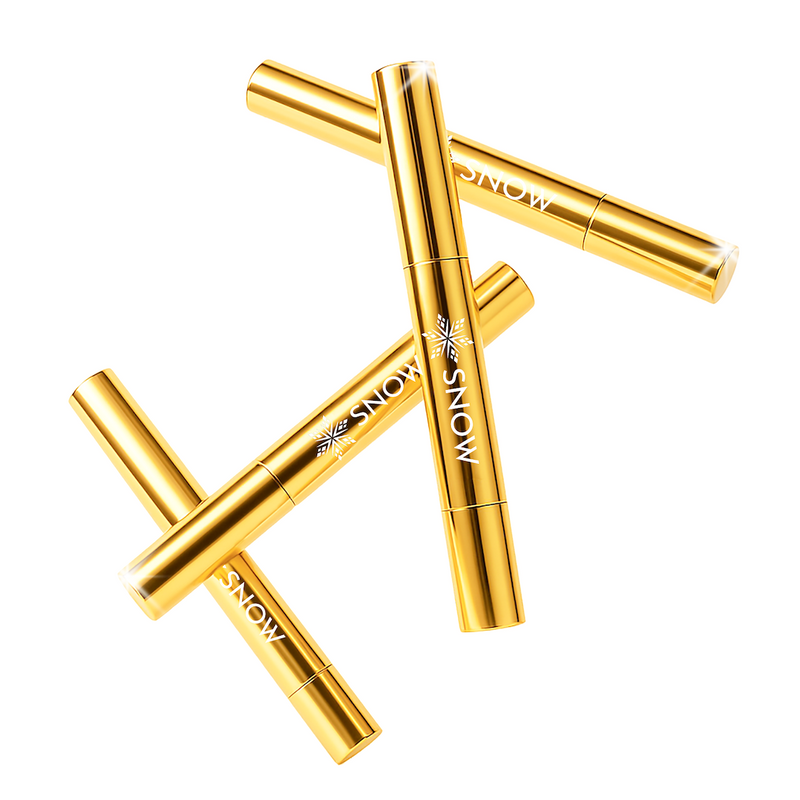

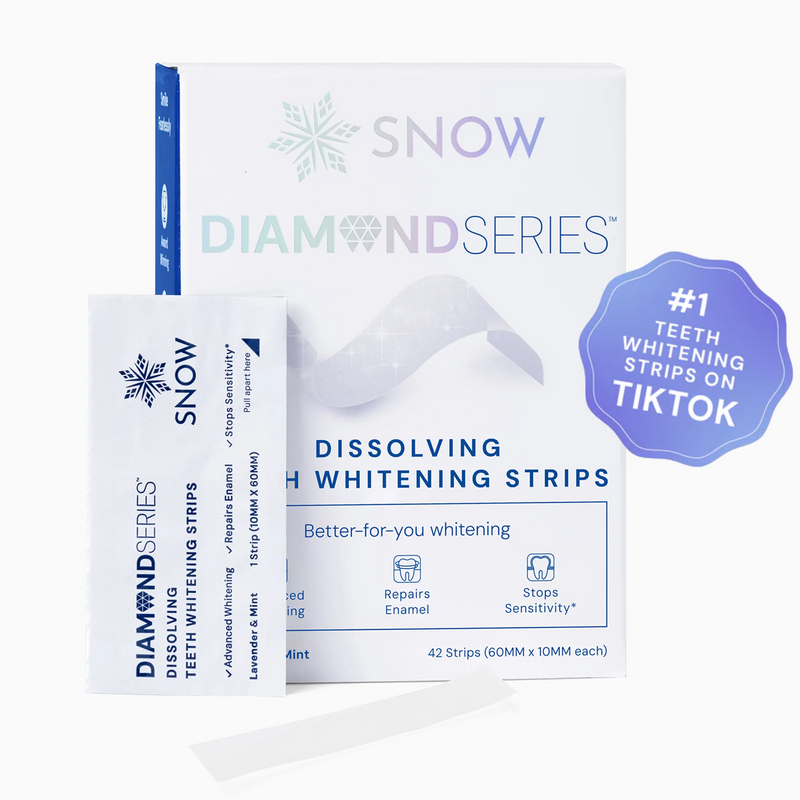
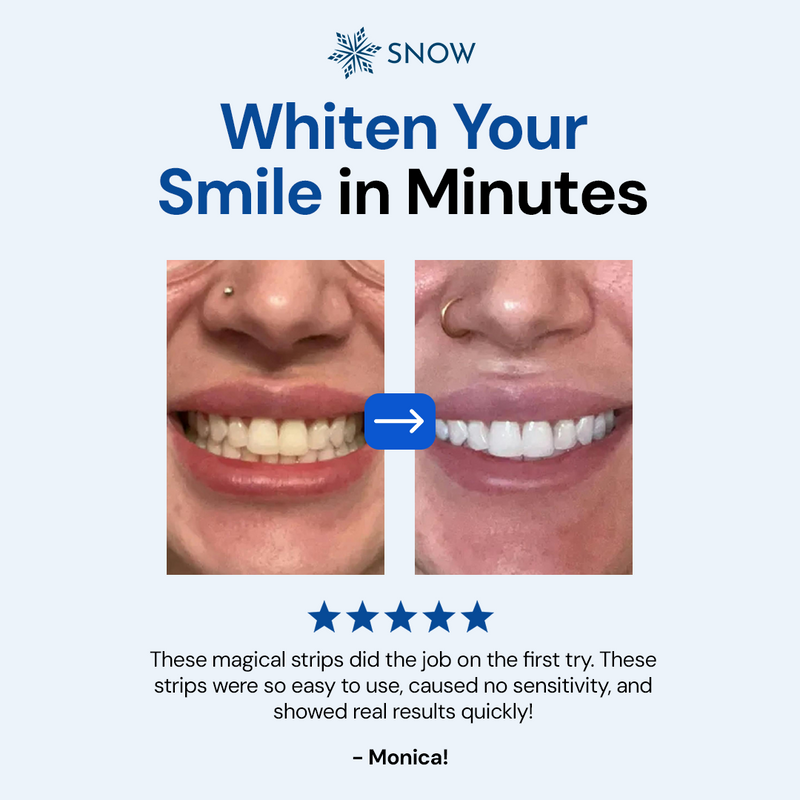
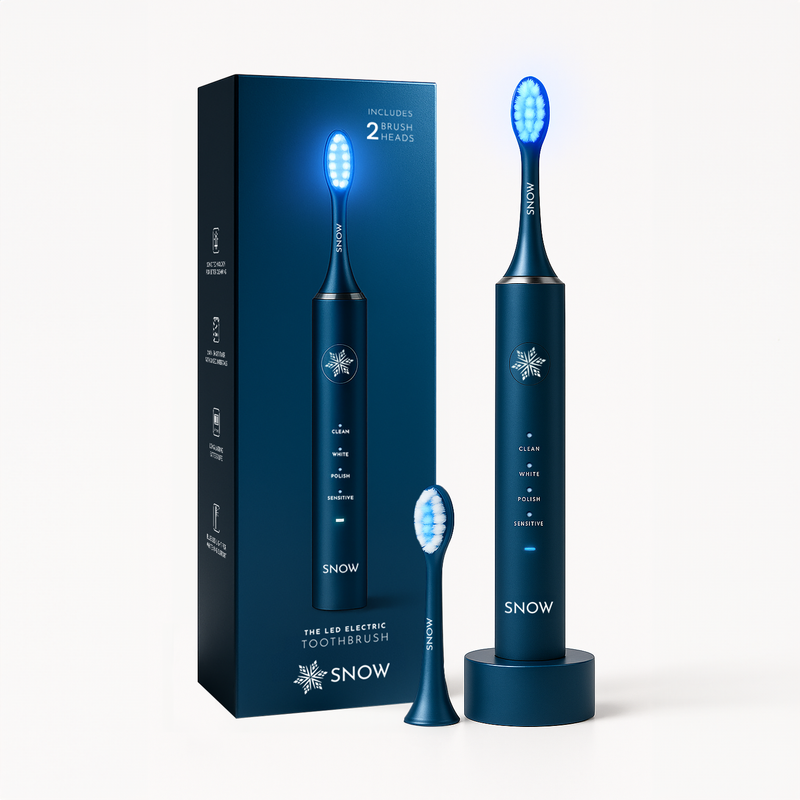

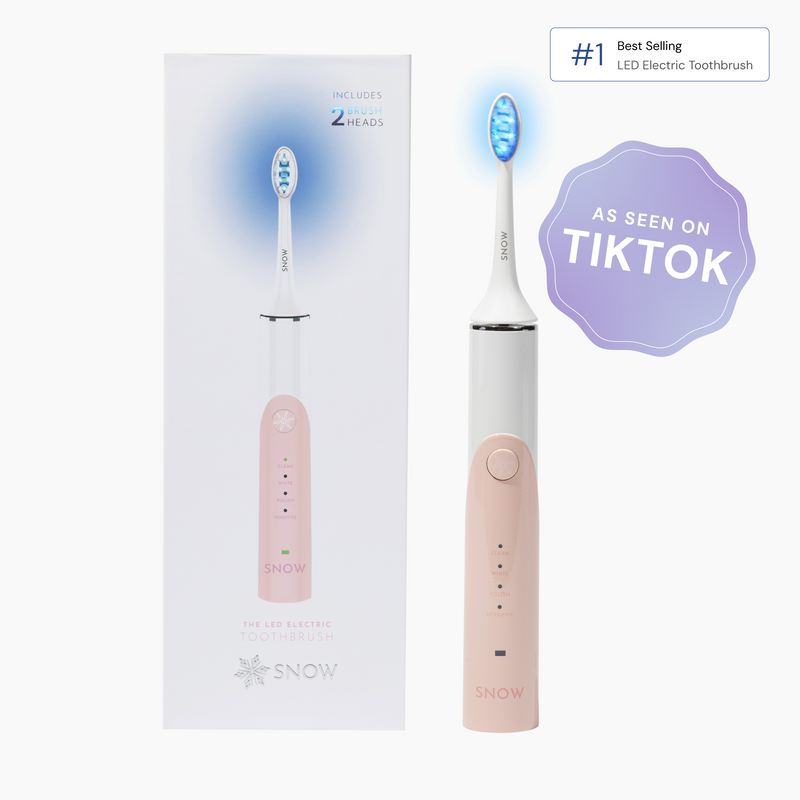




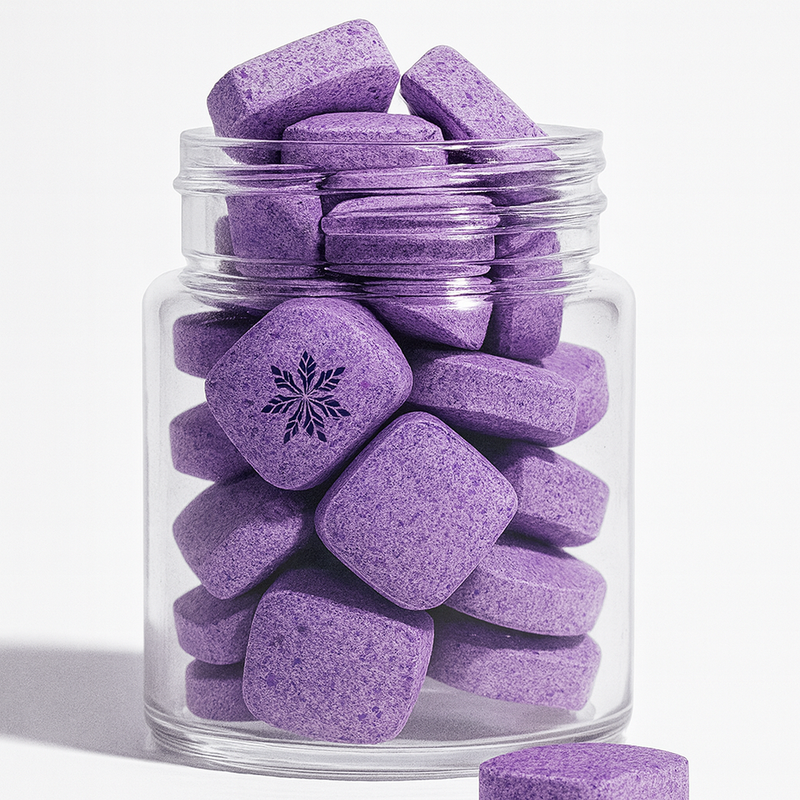
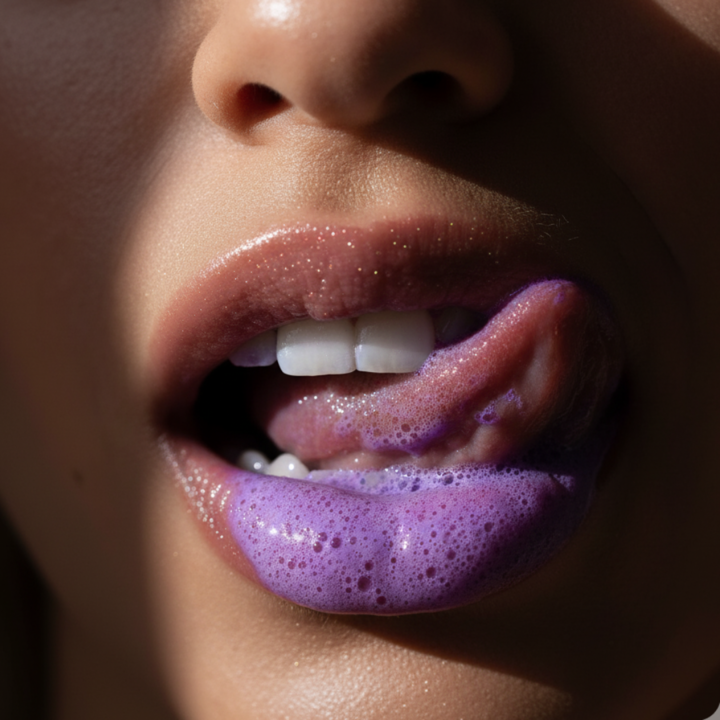






![Is It Safe to Use Whitening Toothpaste Everyday? [The Real Answer]](http://snow-teeth-whitening.myshopify.com/cdn/shop/articles/is_it_safe_to_use_whitening_toothpaste_everyday.png?v=1759931228)


